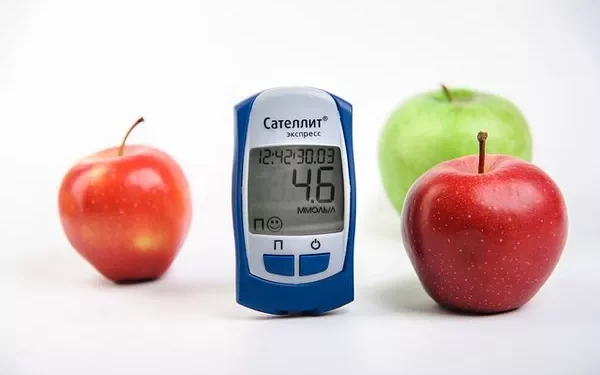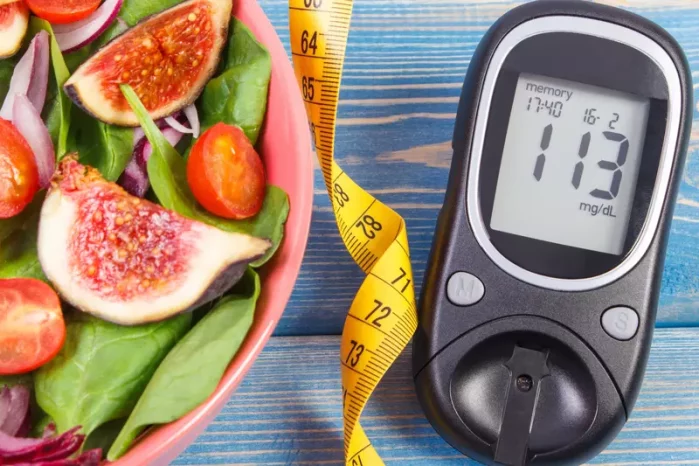Managing blood sugar levels is crucial for people with diabetes or those at risk of developing the condition. Regular monitoring of blood glucose is an essential part of diabetes care, as it helps individuals track how their body responds to food, exercise, medication, and other factors. One of the fundamental questions in diabetes management is: What are normal blood sugar readings?
Blood sugar readings provide a snapshot of how well your body is managing glucose. However, the concept of “normal” blood sugar is multifaceted and varies depending on several factors such as the timing of the measurement, individual health status, and whether the person is fasting or has recently eaten. This article will provide an in-depth look at what constitutes normal blood sugar levels, how to interpret these readings, and the importance of regular blood sugar monitoring.
What Is Blood Sugar and Why Is It Important to Monitor?
Blood sugar, or blood glucose, refers to the amount of glucose (sugar) present in the blood. Glucose is a primary energy source for the body and is derived from food, particularly carbohydrates. Insulin, a hormone produced by the pancreas, regulates blood sugar levels by helping cells absorb glucose for energy or storage. However, when insulin function is impaired—such as in individuals with diabetes—the body’s ability to regulate blood glucose becomes compromised.
Monitoring blood sugar levels is vital for several reasons:
Prevention of Complications: Proper blood sugar control can prevent the long-term complications associated with diabetes, such as heart disease, kidney damage, nerve damage, and vision problems.
Treatment Adjustments: Blood sugar readings guide healthcare providers in adjusting medications, lifestyle recommendations, and dietary plans.
Early Detection: Monitoring can help identify early signs of hyperglycemia (high blood sugar) or hypoglycemia (low blood sugar), which require timely intervention to avoid more severe health issues.
What Are Normal Blood Sugar Readings?
Normal blood sugar readings vary depending on the time of measurement. Generally, blood sugar levels are classified based on whether they are taken in a fasting state, after meals, or at random times throughout the day.
1. Fasting Blood Sugar (FBS)
Fasting blood sugar is typically measured after an overnight fast of at least 8 hours. It provides insight into how well the body manages glucose without the influence of recent food intake. Fasting blood sugar levels are an important indicator of insulin sensitivity and metabolic health.
Normal Range for Fasting Blood Sugar:
Normal: 70 to 99 mg/dL (3.9 to 5.5 mmol/L)
Prediabetes: 100 to 125 mg/dL (5.6 to 6.9 mmol/L) – This range indicates an increased risk of developing type 2 diabetes.
Diabetes: 126 mg/dL (7.0 mmol/L) or higher – This is considered diagnostic of diabetes when confirmed with repeat testing.
A fasting blood sugar level below 70 mg/dL (3.9 mmol/L) is considered low, or hypoglycemia. In this state, a person may experience symptoms such as dizziness, shakiness, or confusion. Immediate action, such as consuming a quick source of sugar, is necessary to raise blood glucose levels.
2. Postprandial Blood Sugar (After Meal)
Postprandial blood sugar refers to the glucose levels measured after eating. This test helps to assess how well the body manages the sugar absorbed from the food consumed. Normally, blood sugar rises after meals but should return to baseline within two hours.
Normal Range for Postprandial Blood Sugar:
Normal: Less than 140 mg/dL (7.8 mmol/L) two hours after eating
Prediabetes: 140 to 199 mg/dL (7.8 to 11.0 mmol/L) two hours after eating
Diabetes: 200 mg/dL (11.1 mmol/L) or higher – This is considered a key indicator of diabetes when confirmed by a healthcare provider.
For individuals with diabetes, postprandial blood sugar levels should ideally remain below 180 mg/dL (10.0 mmol/L) two hours after eating. Keeping postprandial levels within this range helps minimize the risk of complications associated with high blood sugar.
3. Random Blood Sugar (RBS)
Random blood sugar testing measures glucose at any point during the day, regardless of when the person last ate. This test is useful for detecting unexpected blood sugar spikes and for identifying potential cases of hyperglycemia.
Normal Range for Random Blood Sugar:
Normal: Generally below 140 mg/dL (7.8 mmol/L)
Prediabetes: 140 to 199 mg/dL (7.8 to 11.0 mmol/L)
Diabetes: 200 mg/dL (11.1 mmol/L) or higher – If symptoms of diabetes are present, such as frequent urination, excessive thirst, and unexplained weight loss, a random blood sugar reading of 200 mg/dL or higher is a key diagnostic indicator.
While random blood sugar tests can provide valuable insights, it’s important to note that they should not be used as the sole diagnostic tool for diabetes. A combination of fasting blood sugar tests, postprandial tests, and additional diagnostic tools like the HbA1c test is recommended for a comprehensive understanding of an individual’s blood glucose status.
4. Hemoglobin A1c (HbA1c) Test
The HbA1c test measures the average blood sugar levels over the past 2-3 months. This test reflects the amount of glucose that has been bound to hemoglobin, a protein in red blood cells. Because red blood cells live for about 120 days, the HbA1c test provides an overview of long-term blood sugar control.
Normal Range for HbA1c:
Normal: Below 5.7%
Prediabetes: 5.7% to 6.4%
Diabetes: 6.5% or higher – An HbA1c level of 6.5% or higher on two separate tests indicates diabetes.
The HbA1c test is particularly helpful in monitoring the effectiveness of diabetes treatment and ensuring that blood sugar is kept within a target range. Most healthcare providers aim for an HbA1c level of less than 7% for people with diabetes, though individualized targets may vary.
Factors That Affect Blood Sugar Readings
Understanding that several factors can influence blood sugar readings is crucial for accurate interpretation. These factors include:
1. Diet
Dietary choices play a significant role in blood sugar fluctuations. Foods high in carbohydrates, particularly refined carbs and sugars, can cause rapid spikes in blood glucose. Conversely, foods rich in fiber, protein, and healthy fats have a slower effect on blood sugar and contribute to more stable levels.
2. Physical Activity
Exercise increases the body’s sensitivity to insulin, helping cells use glucose more effectively. Physical activity can lower blood sugar levels, particularly in people with type 2 diabetes. However, intense exercise can sometimes lead to a temporary increase in blood sugar due to stress hormones, so it’s important to monitor readings closely after exercise.
3. Medications
Various medications can influence blood sugar levels. Insulin and other diabetic medications, such as metformin, can lower blood sugar, while certain steroids, antipsychotics, and other medications can raise blood sugar. Patients should work closely with their healthcare team to adjust medication dosages and avoid hypo- or hyperglycemia.
4. Stress
Stress triggers the release of hormones like cortisol and adrenaline, which can increase blood sugar levels. This phenomenon is particularly pronounced in individuals with diabetes, as their bodies may not respond to these hormones effectively.
5. Illness
When the body is fighting an infection or illness, blood sugar levels may rise due to increased stress hormones and changes in insulin sensitivity. It’s important to monitor blood glucose more frequently during periods of illness and consult a healthcare provider for guidance on managing blood sugar.
Why Regular Blood Sugar Monitoring is Essential
Regular blood sugar monitoring is essential for individuals with diabetes because it helps:
Track trends: By regularly checking blood sugar, individuals can identify patterns in their glucose levels and adjust their lifestyle, diet, or medications accordingly.
Prevent complications: Keeping blood sugar levels within the target range helps reduce the risk of complications such as nerve damage, heart disease, and kidney problems.
Adjust treatment: Blood sugar readings help healthcare providers fine-tune medications and treatment plans, ensuring that individuals with diabetes receive the most effective care.
Conclusion: Keeping Your Blood Sugar in Check
Understanding what constitutes normal blood sugar readings is key to managing diabetes and preventing complications. Regular monitoring, combined with a balanced diet, physical activity, and appropriate medication, helps maintain optimal blood glucose control. Whether you’re checking your fasting blood sugar, postprandial levels, or HbA1c, it’s essential to work closely with your healthcare provider to ensure that your blood sugar stays within the target range. By taking a proactive approach to monitoring and managing your blood glucose, you can significantly improve your quality of life and reduce the risk of long-term diabetes-related complications.
Related topics:
How Often Should Diabetics Check Their Blood Sugar?



























